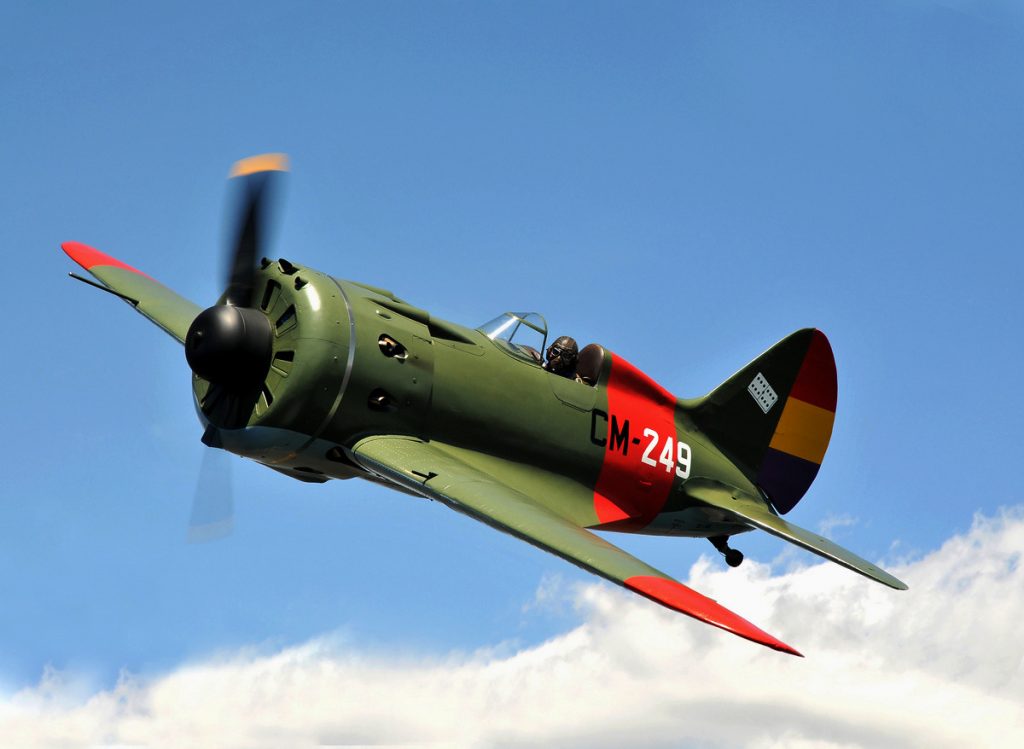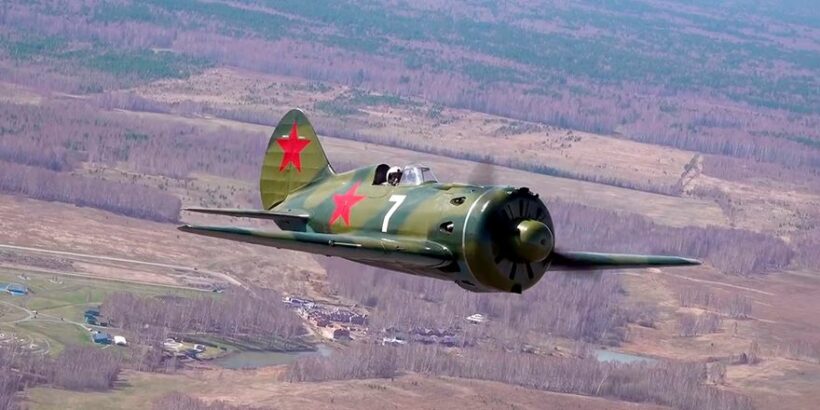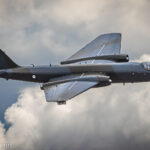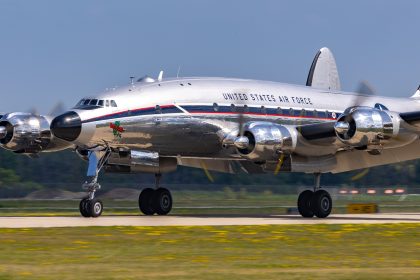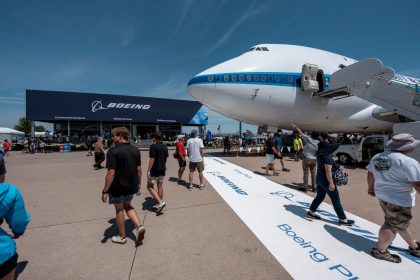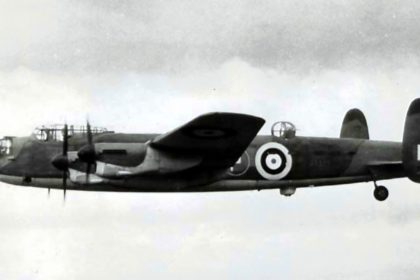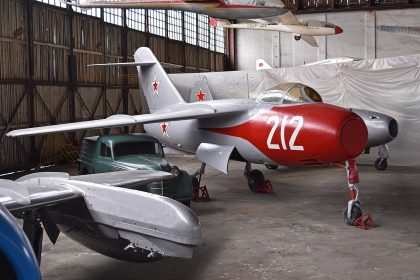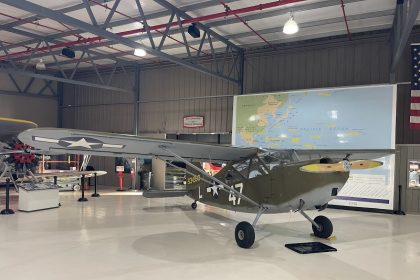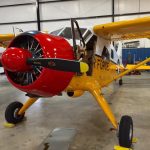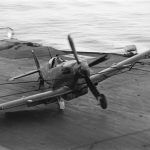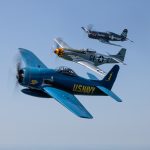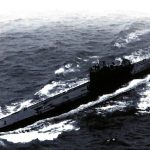For the past few days, Reddit’s aviation community has been buzzing about the flight of a rare Polikarpov I-16 over Novosibirsk, Russia. A video of the aircraft recently surfaced, and based on user comments, it appears that the flight took place quite recently. The Polikarpov I-16 was painstakingly restored over the course of 30 years and took to the skies in 2024 in celebration of the 79th anniversary of the Allied victory in World War II. The restoration was carried out by participants of the Winged Memory of Victory project. The I-16 was piloted by Vladimir Barsuk, Director of the Siberian Aviation Research Institute (SibNIA) and Honored Test Pilot of the Russian Federation.
Polikarpov I-16 passing over Novosibirsk, Russia [Video] byu/FunSpecialist2506 inWarplanePorn
Originally developed in 1933 by the design bureau of Nikolai Polikarpov, the Soviet I-16 marked a turning point in combat aviation. It replaced biplanes with the first monoplane fighter, offering greater speed and maneuverability—but also demanding far more skill from its pilots.
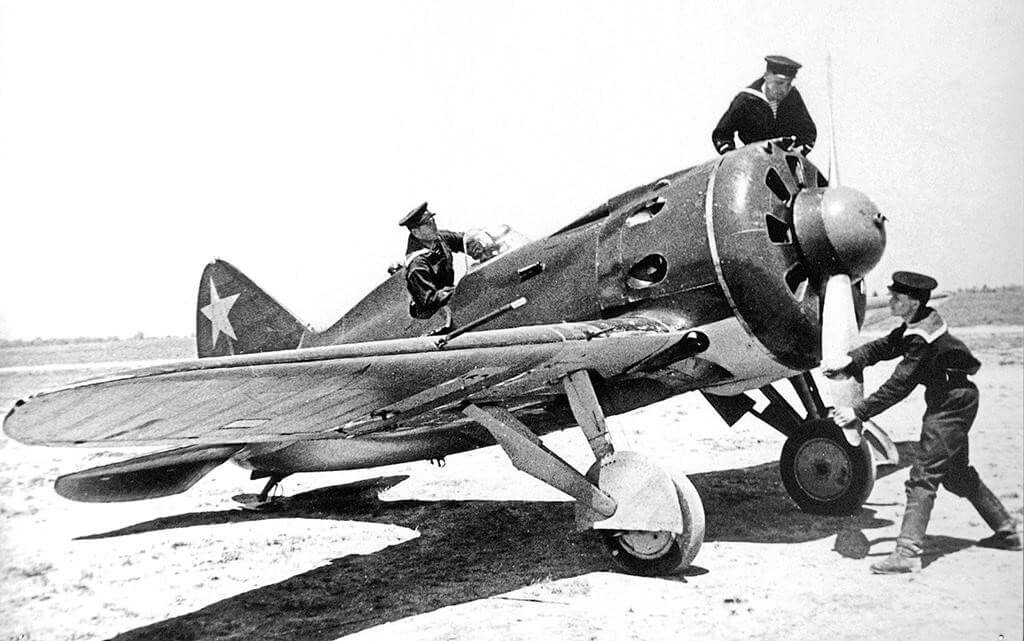
“From my experience, I can confirm that the I-16 is indeed one of the most difficult aircraft to fly,” Barsuk said. “By the beginning of the Great Patriotic War, it had become the most mass-produced fighter aircraft. Soviet pilots had to demonstrate maximum attention and concentration to carry out their combat missions. Their achievements repeatedly confirmed their high level of training and mastery of air combat tactics.” According to SibNIA, fragments of this particular I-16 were discovered in June 1992 by members of the Winged Memory of Victory project in Karelia, approximately two kilometers northwest of Lake Kokkoyarvi and 38 kilometers southwest of Kostomuksha. Examination of the wreckage revealed camouflage paint—black spots over a green background—consistent with Red Army naval aviation. These details were faithfully reproduced during the restoration.
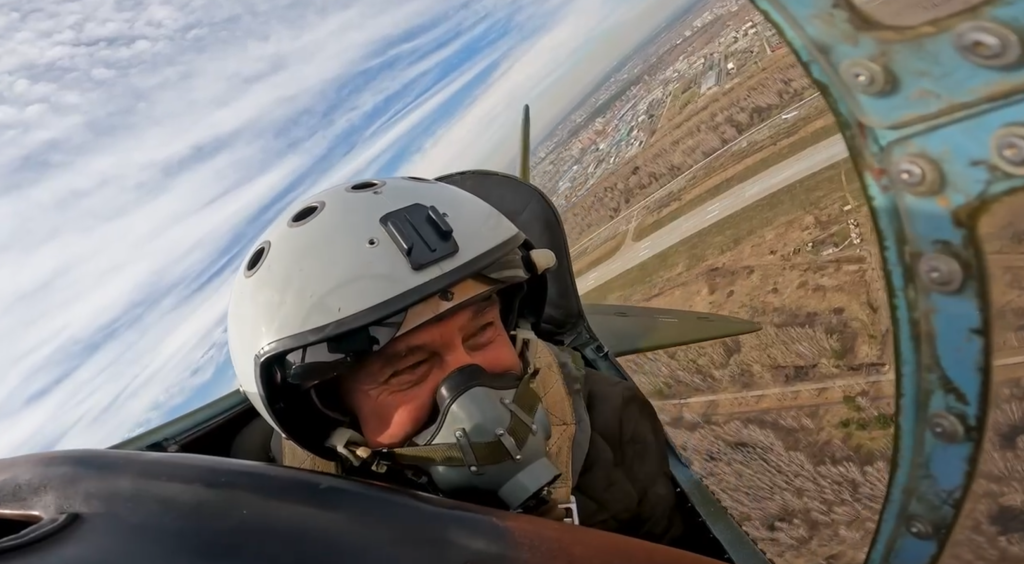
It is believed that this I-16 belonged to the 155th Fighter Aviation Regiment, which operated in the region and made an emergency landing in the summer of 1941. The regiment had been engaged in combat operations in Karelia from the very first day of the war. Its main mission in June–July 1941 was to provide cover for bombers of the 55th Mixed Aviation Division. No armament fragments were found at the crash site, suggesting that a military recovery team may have retrieved them after the forced landing. Unfortunately, the pilot’s name and the aircraft’s serial number could not be identified from the remains. Among the recovered components were parts of the wooden fuselage, center section, landing gear, wing panels, tail surfaces, and the M-62 engine. Based on features of the armament installation, the aircraft was identified and restored as an I-16 Type 24.
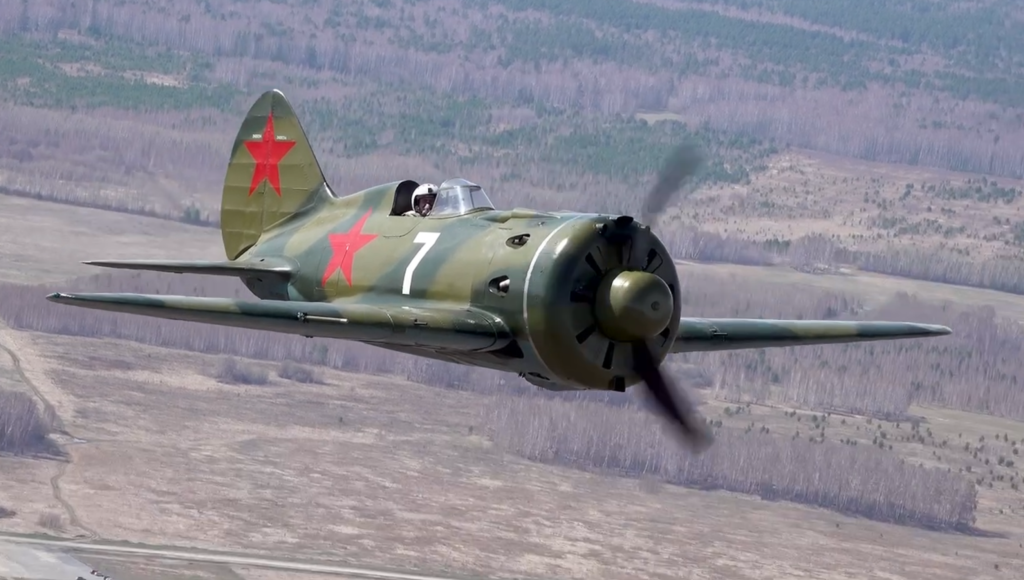
The fragments were transported to Novosibirsk in 1992, and the I-16’s “second life” began with an extensive search for original design documentation. The Chkalov Novosibirsk Aviation Plant and the company Aviarestavratsiya handled the fabrication and restoration of the airframe components. SibNIA oversaw the final assembly, along with ground and flight testing of the completed aircraft.
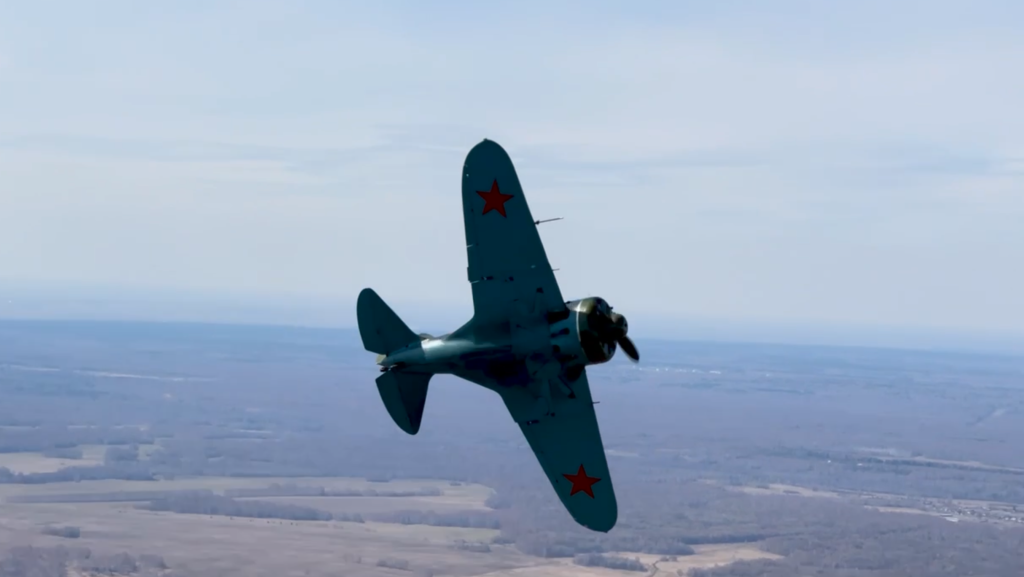
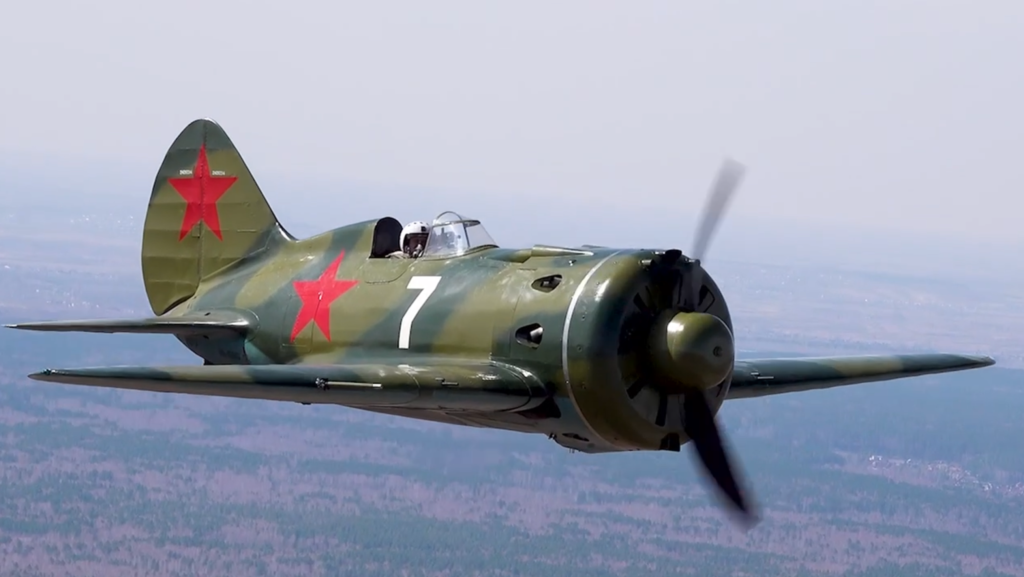
SibNIA appears to be Russia’s hub for vintage aircraft restoration. In 2017, the institute completed the restoration of another rare aircraft: a combat-veteran Il-2 Sturmovik. On that occasion as well, Vladimir Barsuk served as the test pilot for the aircraft’s first flight. We have reached out to the Siberian Aviation Research Institute to learn more about the recent I-16 flight. If we receive a response, we will update this article accordingly. It is believed that about twelve I-16 airframes still exist today, preserved in museums and flying collections. To our knowledge, only the Fundación Infante de Orleans’ I-16 is actively flying. A German-based aircraft—last seen at Warbirds Over Wanaka in 2020— but unfortunately, it did not fly due to the cancellation of the airshow.
